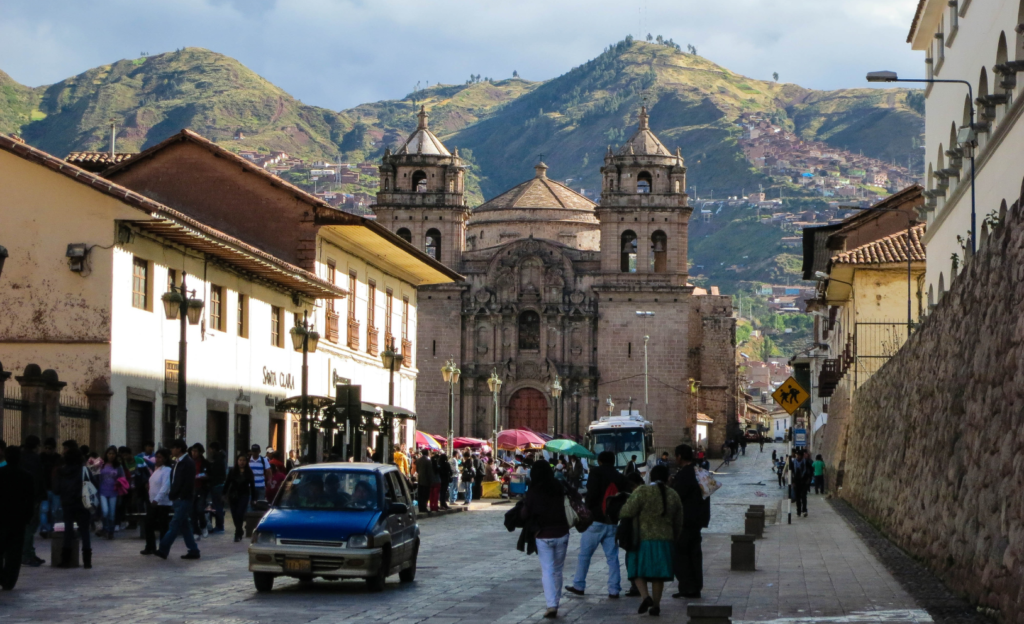Why we love Peru
There’s a kind of magic to Peru – a pull you can’t quite define. Mist-shrouded rainforests cradle ancient citadels, Cusco’s narrow streets echo with footsteps past colonial churches and condors wheel high above the deep canyons of the Colca Valley. Every turn brings a new tempo, from highland villages to hidden trails. This guide shares the essentials you need to know before you travel.
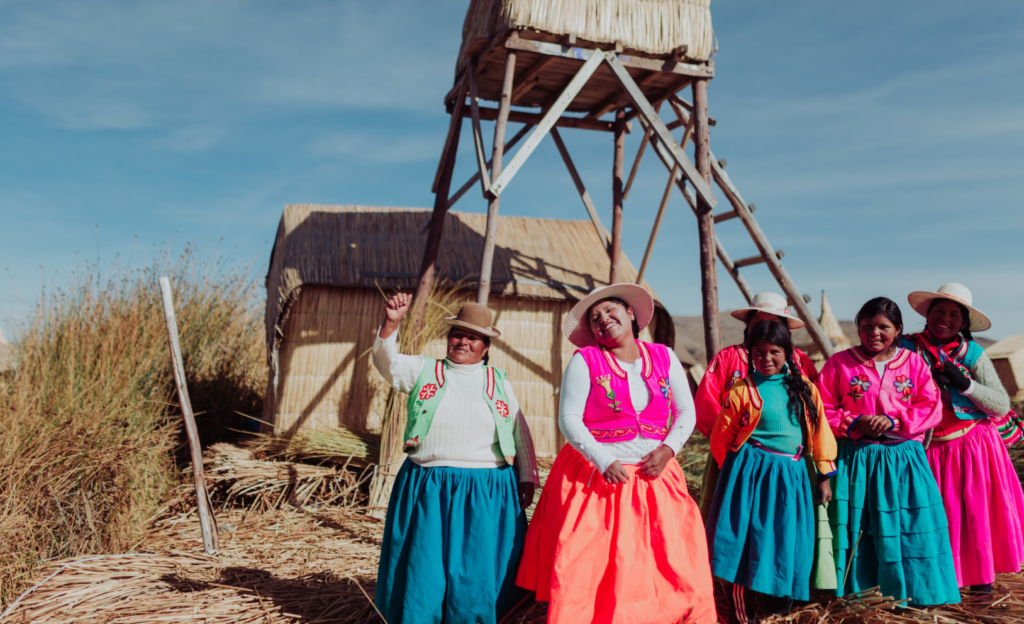
Entry requirements
British and American passport holders do not need a visa to visit Peru. Your passport must be valid for at least six months from the date you arrive. Some airlines may ask for proof of return or onward travel, so keep your documents handy.
If you enter Peru overland from Bolivia or Ecuador, make sure to stop at the immigration office to get your passport stamped on entry. If you are unsure where to go, we can provide guidance.
Always check the latest official government guidance for your country of departure, and let our Operations team know if you are travelling from elsewhere so we can advise.
Health and safety
We are not certified to give medical advice, but we recommend you consult your doctor about your vaccination history and discuss any further vaccinations you may need for your trip. We recommend this website for travel vaccination information and advice on bringing medication into the country.
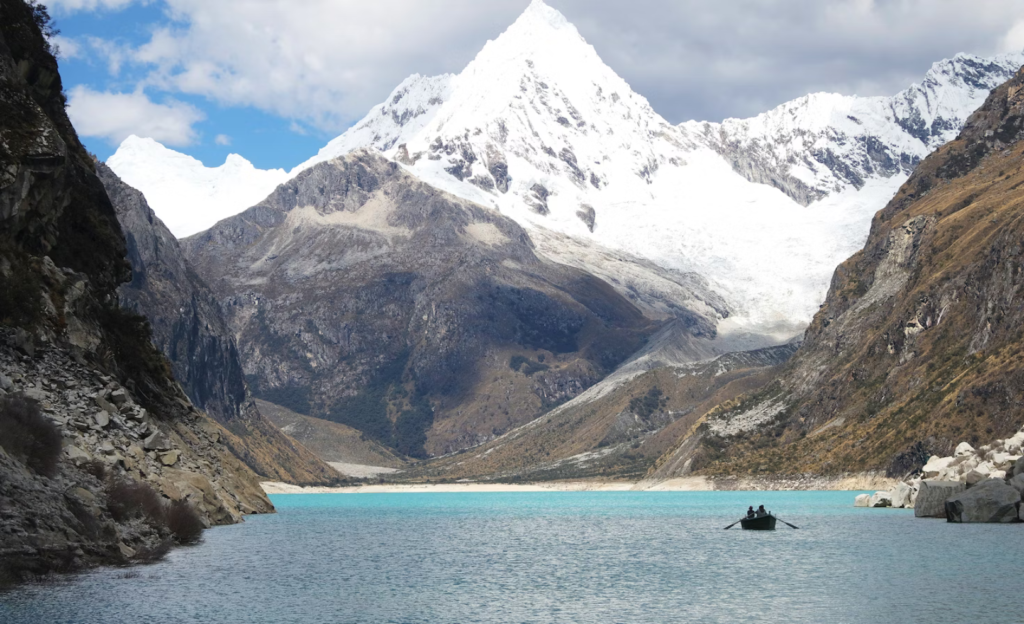
Getting around
We can arrange all your transfers, whether from the airport to your hotel or between regions during your trip. Simply share your flight details and we’ll plan everything for you.
Climate and packing tips
Peru’s diverse landscapes mean you may experience a variety of climates in one trip.
Coast (Lima, Paracas, northern beaches)
Climate: Warm and sunny year-round in the north. Central and southern coasts are temperate and humid, with little rain but occasional cloud cover.
Pack: Lightweight clothing, comfortable trainers or sandals, swimwear for beach days and a light jacket for cooler evenings.
Mountains (Cusco, Sacred Valley, Arequipa)
Climate: Two main seasons – April to October is dry with sunny days and cold nights, November to March brings rain.
Pack: Layers are key. Bring lightweight clothing for daytime, warm jumpers or jackets for chilly evenings and waterproofs for sudden showers.
Jungle (Amazon region, Iquitos, Tambopata)
Climate: Hot and humid all year, with a rainy season from November to March and a drier season from April to October.
Pack: Light, long-sleeved shirts and trousers to protect against insects, a waterproof jacket or poncho, sun hat, insect repellent, reusable water bottle, torch, binoculars and sealable bags to protect belongings from moisture.
We always recommend carrying overnight essentials and any medication in your hand luggage in case of delays or lost luggage.
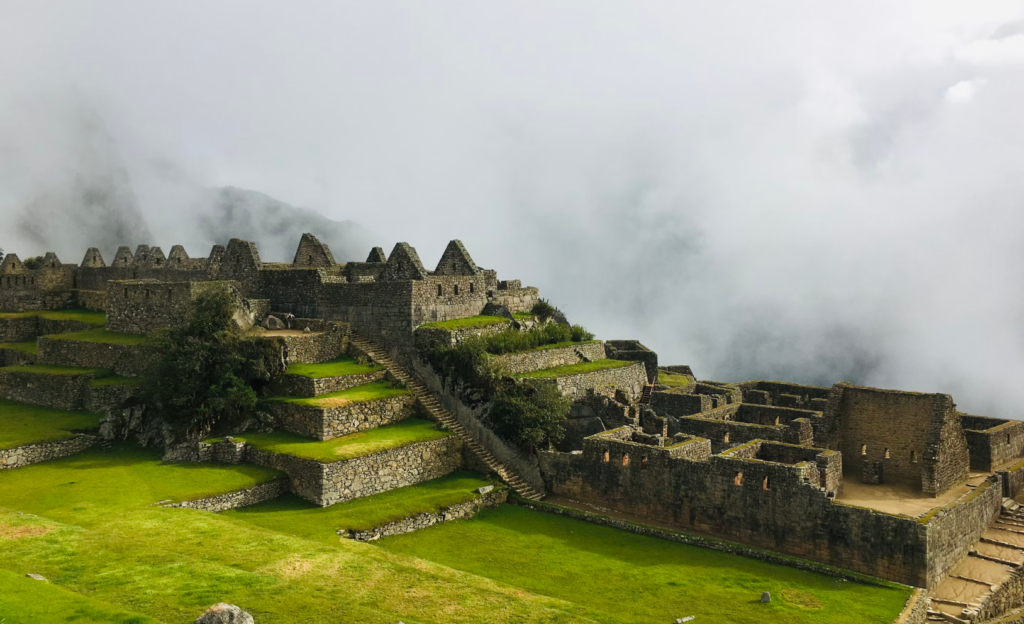
Laws and customs
Here are our top tips for understanding Peru’s laws and customs, but always check the official guidance for more details:
– Make sure you always carry a form of identification at all times. A photocopy of your passport is usually sufficient.
– Respect local customs, especially in religious sites – modest clothing is appreciated.
– Avoid handing your passport to anyone who isn’t an official; ask to see ID if unsure.
– Keep valuables such as jewellery and larger amounts of cash in your hotel safe and stay aware in crowded areas to avoid pickpocketing.
Tipping
Tipping is common practice in Peru and generally appreciated. Here is our recommended guide:
Restaurants: Around ten per cent of the bill for good service.
Guides: 10–20 USD per traveller per day (10 USD for half day, 20 USD for full day).
Drivers: 5–10 USD per traveller per day (5 USD for half day, 10 USD for full day).
Hotel staff: A few soles per bag for porters or a small tip for housekeeping.
Money matters
Peru’s currency is the Nuevo Sol (PEN), commonly referred to as sol. It is divided into 100 céntimos. US dollars are accepted in some places, especially in tourist areas, but it’s best to carry soles for day-to-day expenses. Currency can be exchanged at banks or casas de cambio (money exchange centres). Credit cards are widely accepted in hotels, restaurants and shops in larger towns and cities, but smaller businesses often prefer cash.
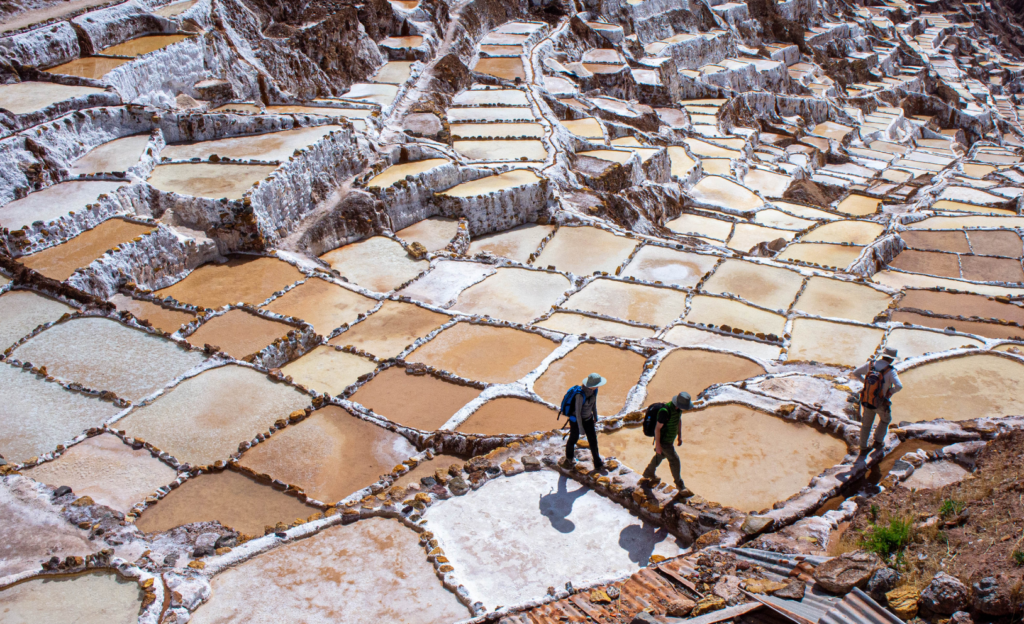
Practicalities
Plug type: Peru uses three plug types. Type A: Two flat parallel pins. Type B: Two flat parallel pins plus a grounding pin. Type C: Two round pins.
Flights and time zone: The average flight time from London to Lima is around 11 hours 55 minutes. Peru’s time zone is GMT –5 and does not observe daylight saving time.
Language: The official language is Spanish, with Quechua and Aymara spoken in parts of the Andes. English is spoken in many tourist areas and hotels but less so in rural areas, so learning a few Spanish phrases may come in handy.
Here are some useful phrases:
Hello – Hola
Thank you – Gracias
Please – Por favor
Yes / No – Sí / No
Excuse me / Sorry – Perdón / Disculpe
How much is this? – ¿Cuánto cuesta?
Where is the bathroom? – ¿Dónde está el baño?
I need help – Necesito ayuda
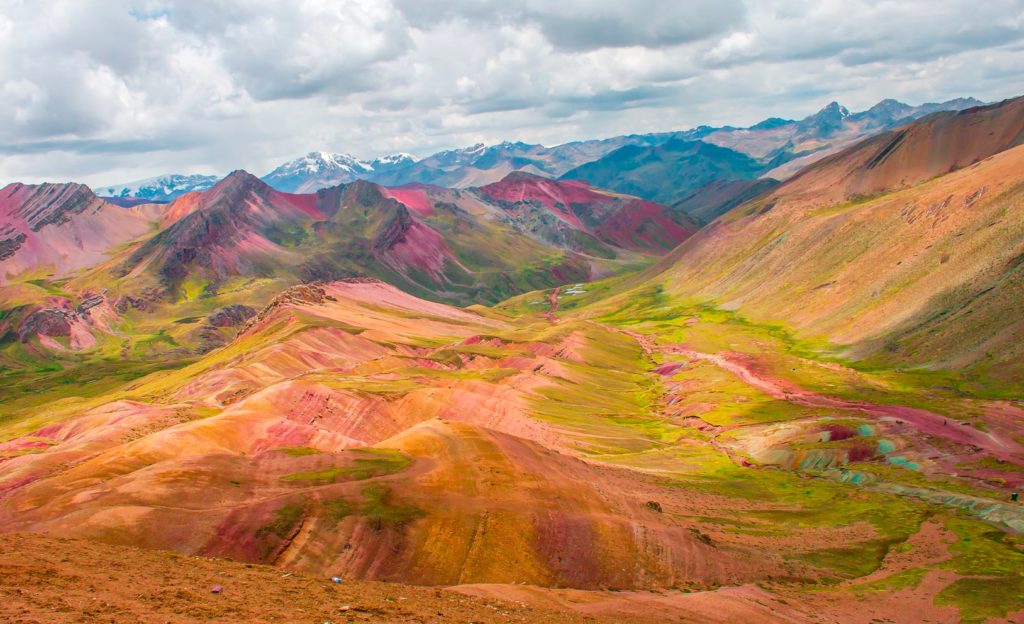
Food and drink
Peru is one of the world’s great food destinations, with its cuisine shaped by the Andes just as much as the Amazon. Here are some must-try dishes and drinks:
Ceviche: Fresh fish or seafood marinated in lime juice, often with chilli peppers and onions – even better on the coast.
Lomo Saltado: A hearty stir-fry of beef, onions, tomatoes and soy sauce served with rice and chips.
Anticuchos: Skewered and grilled meats (often beef heart), typically served with spicy huacatay sauce.
Aji de Gallina: A creamy chicken stew with a mild chilli kick.
Quinoa Soup: A comforting Andean staple.
Pisco Sour: Peru’s signature cocktail made with pisco brandy, lime juice and a frothy egg-white top.
Keep connected
Most travellers in Peru choose to buy a local SIM card or eSIM to stay connected on the go. If you’d like to be connected as soon as you land, we recommend buying an eSIM in advance through a trusted provider such as Airalo. Alternatively, local SIM cards are inexpensive and can be purchased at the airport or in city kiosks – you’ll need your passport to register.
